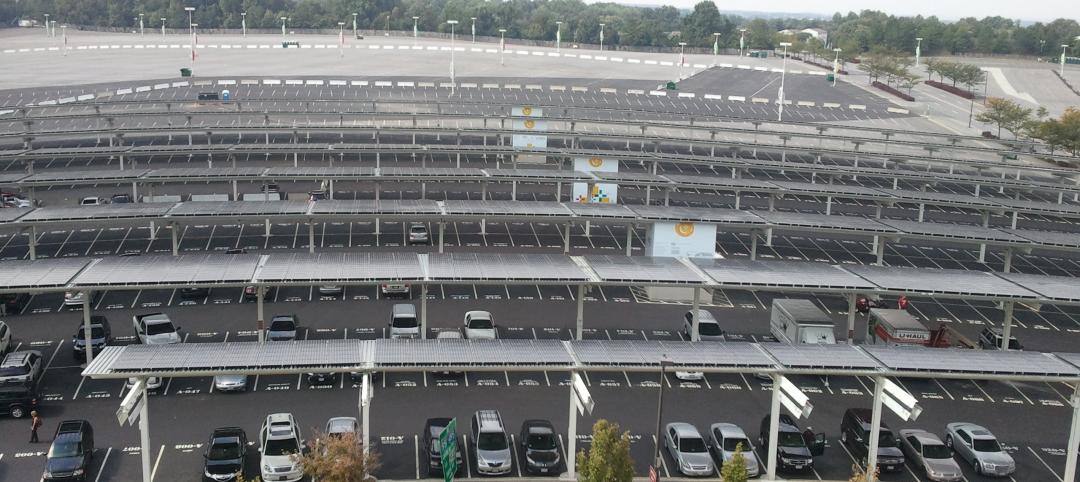Sixty feet, six inches. For most, that figure is nothing more than an arbitrary distance. But on a baseball field, it means everything. It is the distance between the pitcher and batter, a stretch of grass and dirt all eyes focus on throughout the game waiting for it to produce the thrill of victory, or the acrimony of defeat. It is a distance that can elevate players to ephemeral legends, only to drag them in the opposite direction and debase them as the "goat." Sixty feet, six inches is more than just a distance in baseball, it’s the front line, the tip of the spear.
On a less dramatic and theatrical note, it is also the diameter of the Chicago Cubs brand new locker room, the main component of the recently completed clubhouse located beneath Wrigley Field, a clubhouse that is one of, if not the best in the entirety of the Major Leagues. It is details like the 60-and-a-half-foot diameter of the locker room, the giant Cub logo on the ceiling at the center of what is one of the only round locker rooms in sports, and a man cave/game room perfect for those particularly lengthy rain delays, that make the clubhouse so special.
Another detail lighting the way (pun intended) for the Cubs clubhouse to become one of the best in all of sports is the inclusion of Audacy wireless lighting controls from Ideal Industries.
The Audacy wireless control system uses a combination of motion sensors, luminaire controllers, light sensors, and switches that are all connected by Gateways. Each Gateway coordinates fixtures and sensor components, in whatever way they were grouped together, and provides constant communication with the Audacy Interface that can be accessed via a tablet or smartphone.
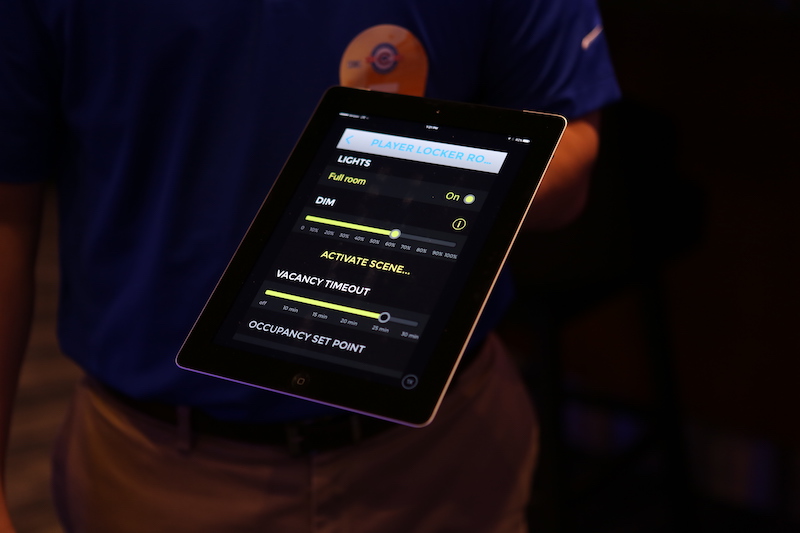
When you think of commercial lighting controls, images of giant Frankenstein-esque knife switches may pop into your mind, but really, commercial lighting controls have become much more refined and are not all that different from lighting controls one may find in a residential setting.
As such, the lighting for the entire Cubs clubhouse can be controlled with a tablet via the online Audacy Interface. All that is necessary is to know which room you are in and, a few taps and slides of a finger on the tablet later, the lights can be adjusted to any of their various levels or scenes (pre-calibrated settings for a particular room meant to quickly “set the scene”).
For example, the Cubs adjust the lighting in the locker room based on a circadian rhythm of sorts, not dependent on the time of day, but, instead, more closely related to game time. Prior to a game, a scene may be selected so the lights are bright and white, helping to stimulate the players and get them prepared and energized for the game. Afterwards, as the players return to the locker room to unwind and recharge, a separate scene can be selected that offers a dimmer orange or red glow.
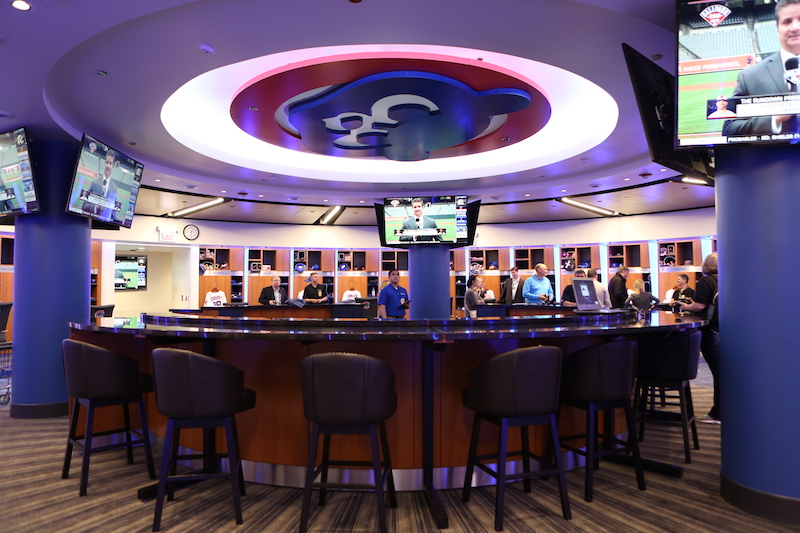

Overall, the new clubhouse utilizes occupancy control, vacancy control, remote system control, and custom scenes that can be programmed for different areas of the clubhouse (such as the scenes in the locker room for before and after a game). Audacy didn’t miss out on adding its detailed, fine brush strokes to the overall painting that is the Cubs clubhouse, either. A Cubs “W” flag can be lit up at the entrance of the locker room after a victory, the Cub logo in the center of the locker room can alter from red to blue lighting, and the tunnel leading from the locker room to the dugout is lined with white walls that include thin openings for blue light to seep through, an allusion to the classic blue pinstriped white uniforms the Cubs wear for home games.
The Audacy system serves an environmentally friendly function, as well; the system will help the Cubs save on energy costs, cutting them by anywhere from 50% to 60% compared to where they were with the old clubhouse, which essentially had no lighting controls whatsoever (remember, this is a ballpark that didn’t even have exterior lights installed for playing after dark until 1988).
The Chicago Cubs’ new clubhouse is a spectacle, in the most honorific way possible, and is more akin to a luxury resort existing under the second oldest ballpark in the majors than facilities for a sports team. And this is due, in no small part, to the lighting controls contributed by Audacy.
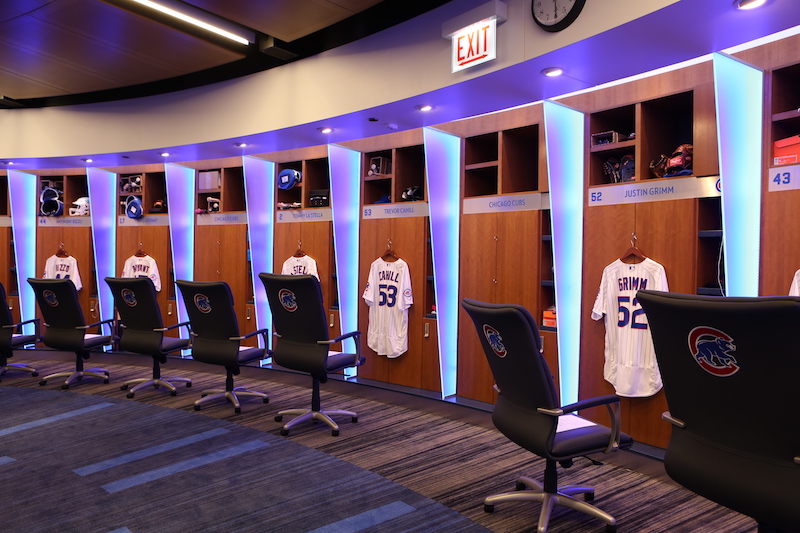
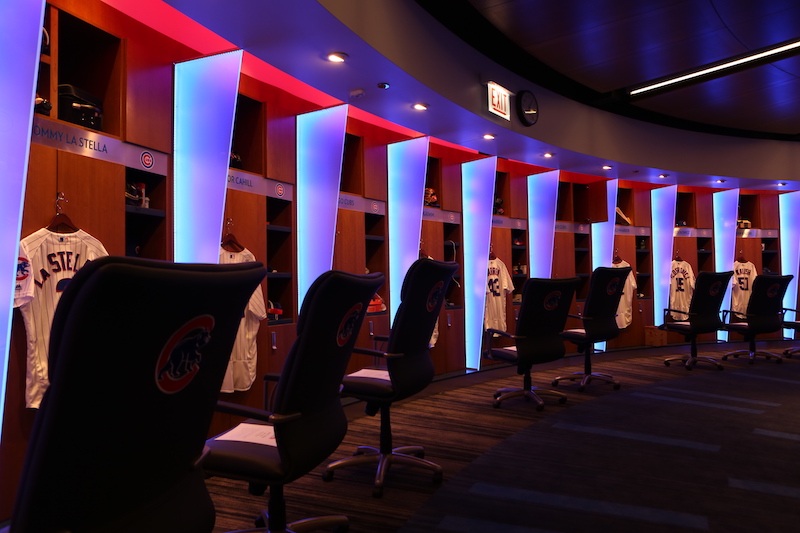

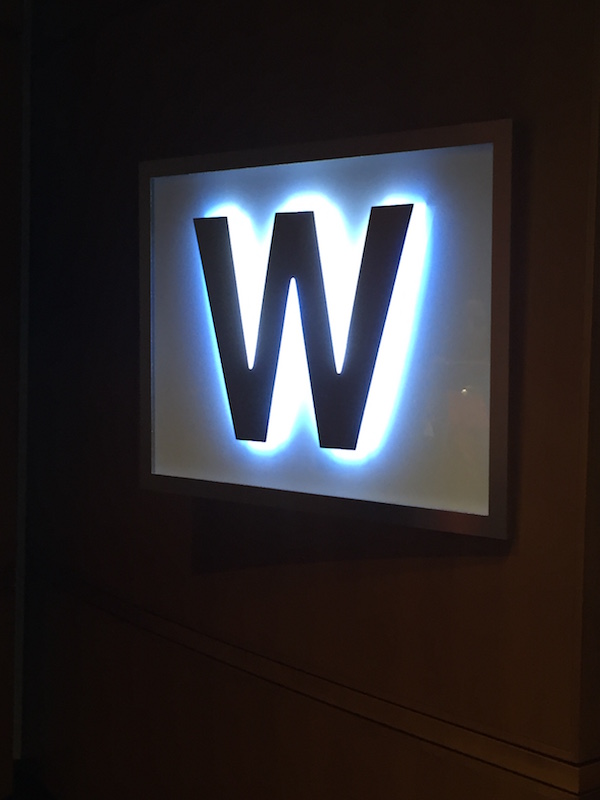
Related Stories
| Sep 30, 2011
Design your own floor program
Program allows users to choose from a variety of flooring and line accent colors to create unique floor designs to complement any athletic facility.
| Sep 16, 2011
Largest solar installation completed at Redskins' football stadium
On game days, solar power can provide up to 20% of FedExField’s power.
| Sep 12, 2011
First phase of plan to revitalize Florida's Hialeah Park announced
This is the first project of a master plan developed to revive the historic racetrack.
| May 25, 2011
Olympic site spurs green building movement in UK
London's environmentally friendly 2012 Olympic venues are fuelling a green building movement in Britain.
| Apr 11, 2011
Wind turbines to generate power for new UNT football stadium
The University of North Texas has received a $2 million grant from the State Energy Conservation Office to install three wind turbines that will feed the electrical grid and provide power to UNT’s new football stadium.
| Apr 5, 2011
U.S. sports industry leads charge in meeting environmental challenges
The U.S. sports industry generates $414 billion annually. The amount of energy being consumed is not often thought of by fans when heading to the stadium or ballpark, but these stadiums, parks, and arenas use massive quantities of energy. Now sports leagues in North America are making a play to curb the waste and score environmental gains.
| Mar 25, 2011
Qatar World Cup may feature carbon-fiber ‘clouds’
Engineers at Qatar University’s Department of Mechanical and Industrial Engineering are busy developing what they believe could act as artificial “clouds,” man-made saucer-type structures suspended over a given soccer stadium, working to shield tens of thousands of spectators from suffocating summer temperatures that regularly top 115 degrees Fahrenheit.
| Mar 11, 2011
University of Oregon scores with new $227 million basketball arena
The University of Oregon’s Matthew Knight Arena opened January 13 with a men’s basketball game against USC where the Ducks beat the Trojans, 68-62. The $227 million arena, which replaces the school’s 84-year-old McArthur Court, has a seating bowl pitched at 36 degrees to replicate the close-to-the-action feel of the smaller arena it replaced, although this new one accommodates 12,364 fans.



